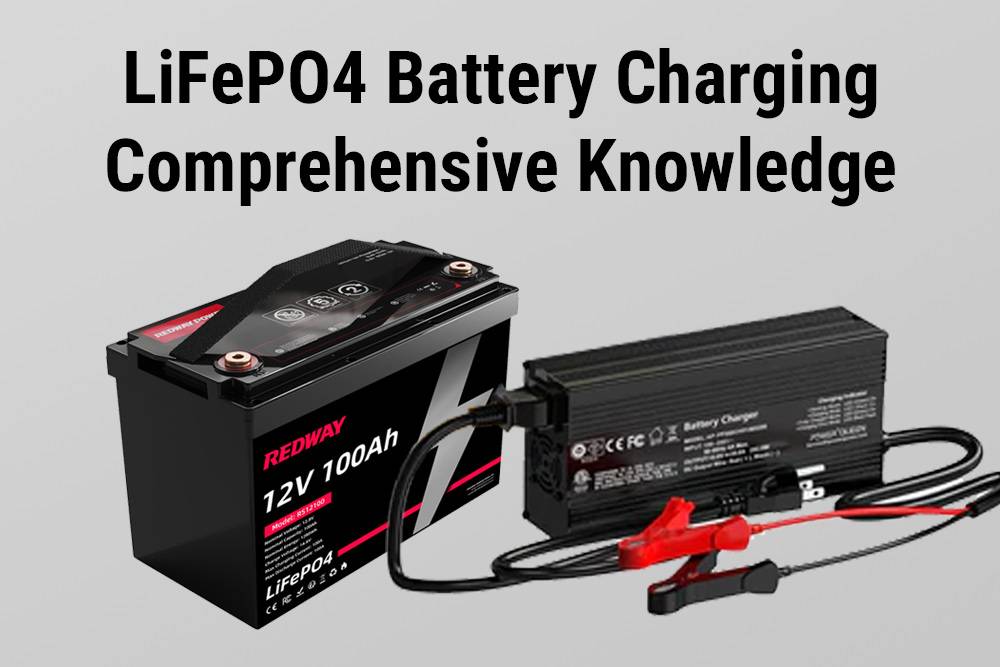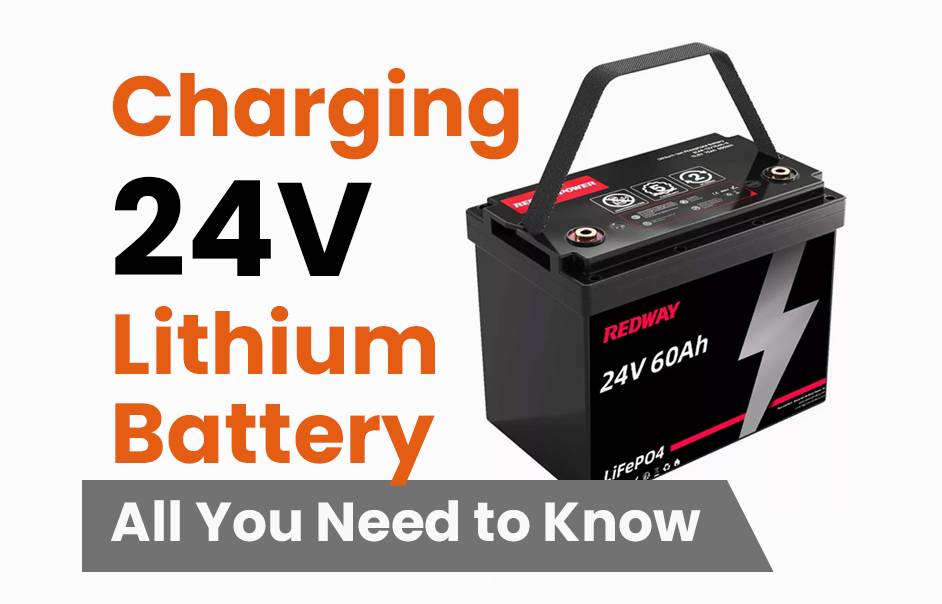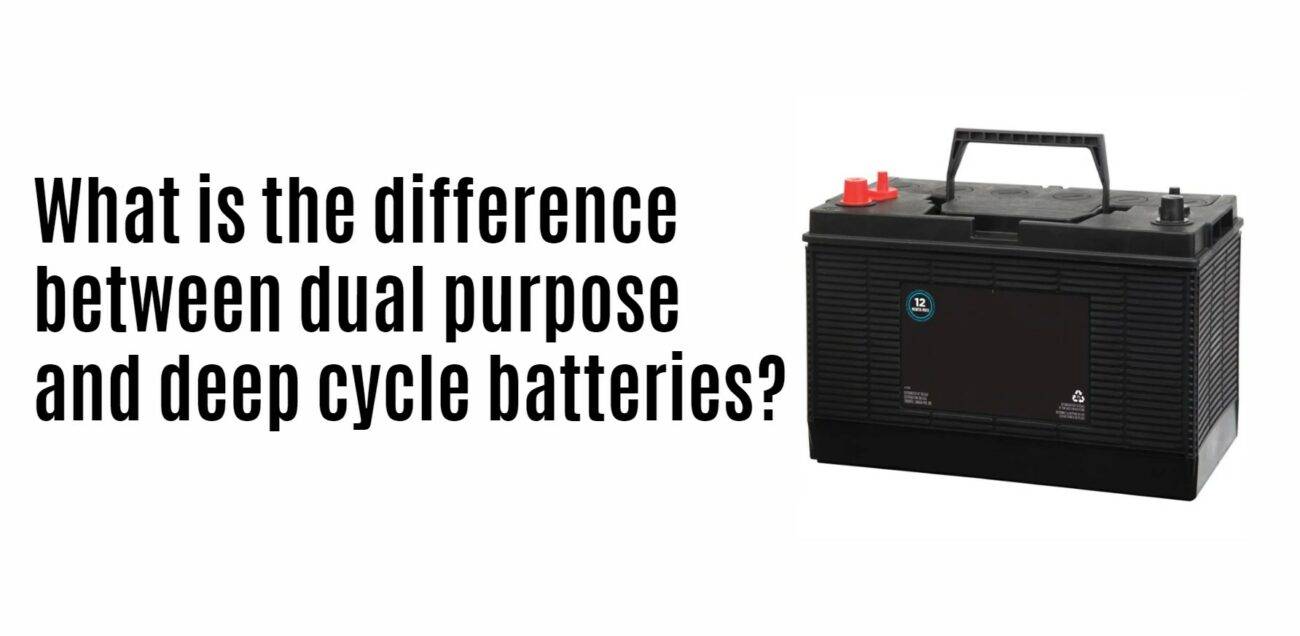- Forklift Lithium Battery
-
48V
- 48V 210Ah
- 48V 300Ah
- 48V 420Ah (949 x 349 x 569 mm)
- 48V 420Ah (950 x 421 x 450 mm)
- 48V 456Ah
- 48V 460Ah (830 x 630 x 590 mm)
- 48V 460Ah (950 x 421 x 450 mm)
- 48V 460Ah (800 x 630 x 600 mm)
- 48V 460Ah (820 x 660 x 470 mm)
- 48V 500Ah
- 48V 560Ah (810 x 630 x 600 mm)
- 48V 560Ah (950 x 592 x 450 mm)
- 48V 600Ah
- 48V 630Ah
-
48V
- Lithium Golf Cart Battery
- 12V Lithium Battery
12V 150Ah Lithium RV Battery
Bluetooth App | BCI Group 31
LiFePO4 Lithium
Discharge Temperature -20°C ~ 65°C
Fast Charger 14.6V 50A
Solar MPPT Charging - 24V Lithium Battery
- 36V Lithium Battery
- 48V Lithium Battery
-
48V LiFePO4 Battery
- 48V 50Ah
- 48V 50Ah (for Golf Carts)
- 48V 60Ah (8D)
- 48V 100Ah (8D)
- 48V 100Ah
- 48V 100Ah (Discharge 100A for Golf Carts)
- 48V 100Ah (Discharge 150A for Golf Carts)
- 48V 100Ah (Discharge 200A for Golf Carts)
- 48V 150Ah (for Golf Carts)
- 48V 160Ah (Discharge 100A for Golf Carts)
- 48V 160Ah (Discharge 160A for Golf Carts)
-
48V LiFePO4 Battery
- 60V Lithium Battery
-
60V LiFePO4 Battery
- 60V 20Ah
- 60V 30Ah
- 60V 50Ah
- 60V 50Ah (Small Size / Side Terminal)
- 60V 100Ah (for Electric Motocycle, Electric Scooter, LSV, AGV)
- 60V 100Ah (for Forklift, AGV, Electric Scooter, Sweeper)
- 60V 150Ah (E-Motocycle / E-Scooter / E-Tricycle / Tour LSV)
- 60V 200Ah (for Forklift, AGV, Electric Scooter, Sweeper)
-
60V LiFePO4 Battery
- 72V~96V Lithium Battery
- Rack-mounted Lithium Battery
- E-Bike Battery
- All-in-One Home-ESS
- Wall-mount Battery ESS
-
Home-ESS Lithium Battery PowerWall
- 24V 100Ah 2.4kWh PW24100-S PowerWall
- 48V 50Ah 2.4kWh PW4850-S PowerWall
- 48V 50Ah 2.56kWh PW5150-S PowerWall
- 48V 100Ah 5.12kWh PW51100-F PowerWall (IP65)
- 48V 100Ah 5.12kWh PW51100-S PowerWall
- 48V 100Ah 5.12kWh PW51100-H PowerWall
- 48V 200Ah 10kWh PW51200-H PowerWall
- 48V 300Ah 15kWh PW51300-H PowerWall
PowerWall 51.2V 100Ah LiFePO4 Lithium Battery
Highly popular in Asia and Eastern Europe.
CE Certification | Home-ESS -
Home-ESS Lithium Battery PowerWall
- Portable Power Stations
48V Lithium-Ion Batteries: Charging Methods and Best Practices
Charging 48V lithium-ion batteries requires a precise approach to ensure efficiency, safety, and longevity. Understanding the correct charging methods and precautions is essential for maintaining the performance of these high-capacity batteries. This comprehensive guide provides detailed insights into the optimal charging techniques and practices for 48V lithium-ion batteries.
Charging Methods for 48V Lithium-Ion Batteries
1. Use a Compatible Charger
- Dedicated Charger: Always use a charger specifically designed for 48V lithium-ion batteries. A compatible charger ensures the correct voltage and current, preventing potential damage from overcharging or overheating.
2. Charging Processes
- Constant Voltage Charging: This method involves applying a constant voltage that is slightly higher than the battery’s nominal voltage. For a fully charged state, this is typically around 51.2V. The charger maintains this voltage until the battery reaches full capacity, after which the current gradually decreases, ensuring a complete and safe charge.
- Trickle Charging: Trickle charging is a low-current method used to maintain battery charge over extended periods. It is particularly useful for batteries that are not frequently used. This method prevents overcharging while keeping the battery in a ready state.
- Fast Charging: Fast charging allows for quicker battery replenishment but should be approached with caution. This method generates more heat, which can potentially shorten the battery’s lifespan. Ensure that the charger is specifically designed for fast charging and always adhere to the manufacturer’s guidelines.
- Smart Charging: Smart chargers utilize advanced technology to monitor and adjust the charging process based on real-time data. They track parameters such as voltage and temperature to optimize charging, enhancing battery longevity and preventing issues like overcharging and overheating.
Charging Precautions
1. Location
- Ventilated Area: Always charge your 48V lithium-ion battery in a well-ventilated area. Avoid placing the battery near flammable materials or in direct sunlight, as this can lead to overheating and potential hazards.
2. Battery and Charger Inspection
- Pre-Charge Inspection: Before beginning the charging process, inspect both the battery and charger for any signs of physical damage. Do not use damaged equipment, as it could pose safety risks or impair battery performance.
3. Connection
- Correct Polarity: Ensure that you connect the charger to the battery terminals with the correct polarity—positive to positive and negative to negative. Incorrect connections can cause reverse polarity damage and other operational issues.
4. Monitor Charging
- Ongoing Supervision: Regularly monitor the battery during the charging process. Look out for any irregularities such as excessive heat or abnormal performance, which could indicate potential problems.
Charging Time Considerations
The time required to charge a 48V lithium-ion battery depends on several factors, including its capacity and the charger’s output current. For instance:
- Example Calculation: A 48V 20Ah battery charged with a 5A charger would theoretically take around 4 hours to charge (20Ah ÷ 5A). However, actual charging time may be slightly longer due to the trickle charging phase at the end of the cycle, which ensures a full charge.
Conclusion
Properly charging 48V lithium-ion batteries involves using the right charger, understanding various charging methods, and adhering to safety precautions. By following these guidelines, users can maximize battery performance, enhance safety, and extend the lifespan of their lithium-ion battery systems.
Redway Power, a leading lifepo4 battery factory wholesaler, specializes in 48V golf cart batteries and offers customized solutions for B2B and OEM clients worldwide. For quick and tailored battery solutions, contact Redway Power today.
FAQ
- What are the best practices for charging a 48V lithium-ion battery?
To ensure optimal performance and longevity, follow these best practices: use a compatible charger designed for 48V lithium-ion batteries, avoid overcharging and deep discharging, and charge the battery in a well-ventilated area. Maintain a consistent charging routine and avoid exposing the battery to extreme temperatures during charging. - How can I extend the lifespan of a 48V lithium-ion battery?
To extend the lifespan of a 48V lithium-ion battery, avoid frequent deep discharges and overcharging. Keep the battery within its recommended temperature range and store it in a cool, dry place when not in use. Regularly check and maintain the battery’s health, and use a charger with an appropriate Battery Management System (BMS). - What should I look for in a charger for a 48V lithium-ion battery?
When choosing a charger for a 48V lithium-ion battery, ensure it matches the battery’s voltage and has a compatible charging profile. Look for features such as overcharge protection, temperature monitoring, and a Battery Management System (BMS) for optimal safety and efficiency. Also, consider the charger’s compatibility with your battery’s capacity and its efficiency. - How does the charging process differ for 48V lithium-ion batteries compared to other voltages?
The charging process for 48V lithium-ion batteries involves higher voltage settings compared to lower voltage batteries. Chargers must be specifically designed for the 48V system to handle the voltage and current requirements. Additionally, the charging time may vary based on the battery’s capacity and the charger’s output. - What are the common mistakes to avoid when charging a 48V lithium-ion battery?
Common mistakes to avoid include using an incompatible charger, overcharging or deeply discharging the battery, exposing it to extreme temperatures, and neglecting regular maintenance checks. Ensure proper ventilation during charging and follow the manufacturer’s guidelines to maintain battery health and safety.




















